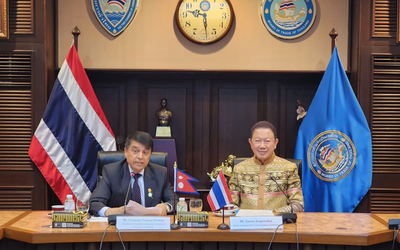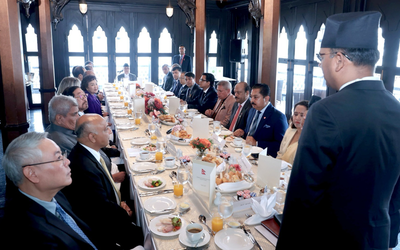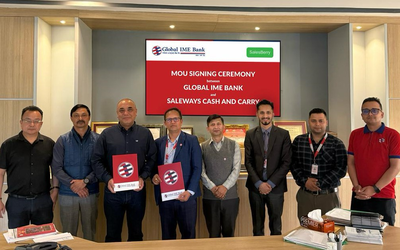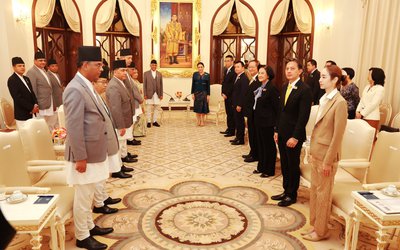More on Economy




The World Bank has approved a US$ 99 million package for the Nepal-India Electricity Transmission and Trade Project (NIETTP) to assist efforts of the Government of Nepal to mitigate a national energy crisis.
Insufficient and costly electricity is a major constraint to the economic and human development of the country, where only 46% of the population has access to electricity. As a result, rationing of electricity is common, with some areas receiving electricity for as little as 8 hours a day during the dry winter season.
The landmark cross-border project will provide Nepal with at least 100 MW of additional electricity, to supplement its current electricity generation capacity of 698 MW and help minimize power blackouts. The country’s peak demand is 885 MW. The project will see the establishment of cross-border transmission capacity of about 1000 MW. It will also develop key segments of the backbone high voltage system to help expand access to electricity across Nepal.
“Increasing access to electricity is one of the most significant development challenges facing Nepal today,” said Susan Goldmark, World Bank Country Director for Nepal. “For the first time this project will help mitigate deficits through the trade in electricity. Once Nepal develops its hydropower potential and meets its domestic needs, the transmission infrastructure could also be used to export surplus hydropower and earn revenues for Nepal.”
In response to the worsening electricity situation, the Government of Nepal declared a “national energy crisis” in December 2008 and approved an Electricity Crisis Management Action Plan which is currently under implementation, with support from the World Bank. The Action Plan includes development of the Dhalkebar-Muzaffarpur transmission link, a key component of the NIETTP and the first major cross-border transmission line between India and Nepal. Upon completion, Nepal could end electricity rationing by 2015, according to projections.
The energy situation throughout the South Asia Region (SAR) is characterized by poor consumer access to electricity, high dependence on imported oil and/or petroleum products, slow development of energy sources and supply infrastructure, weak distribution and almost no intra-region energy trade.
“Cross-border energy cooperation can lower costs in each country, improve supply reliability, and help lower carbon emissions,” said Raghuveer Sharma, Project Team Leader. “This project will lead the way in providing the necessary physical infrastructure for initially bilateral and eventually multi-country electricity trade in the northeastern part of South Asia Region.”





